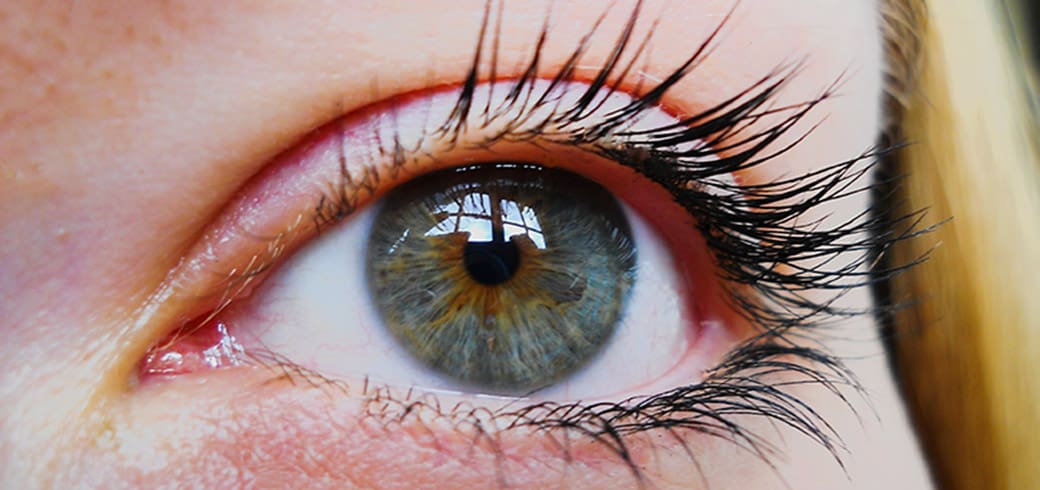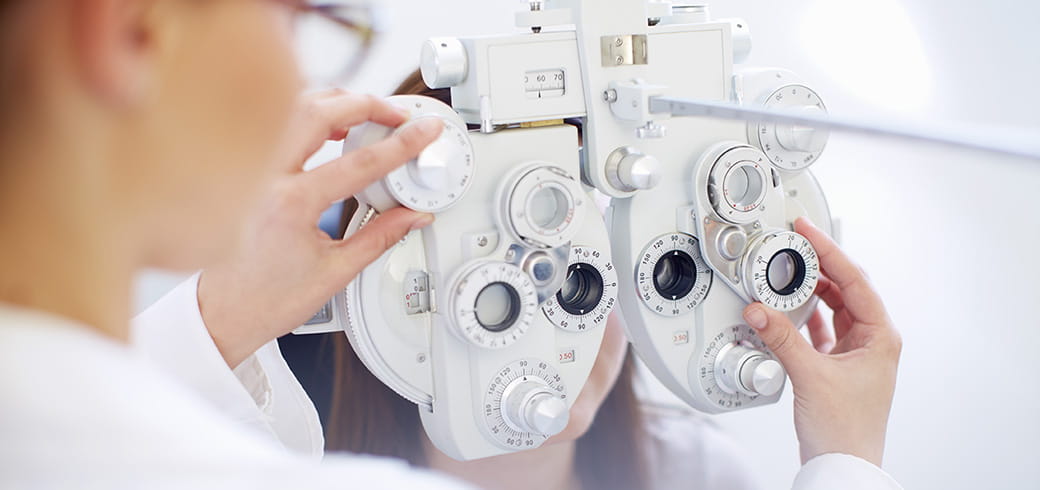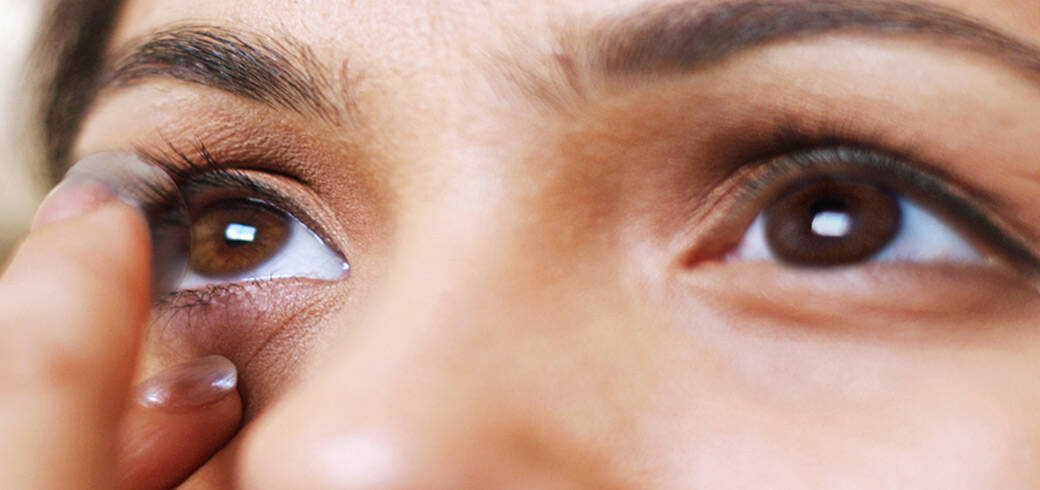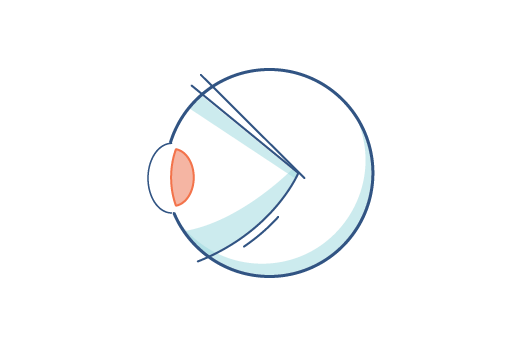What is presbyopia?
Presbyopia is a very common, age-related eye condition, so don’t worry — it’s not a disease! Starting at around age 40, the lens inside your eye loses some of its flexibility which impacts your ability to see things up close. You may find it harder to focus on nearby objects like books or magazine print, especially in low light.
Everyone’s eyes change over time, and as they age, everyone will develop presbyopia.
What causes presbyopia?
Presbyopia is the result of the lens inside your eye becoming more rigid making it harder for your eye to focus light.
When you are younger, your lens is very flexible and can easily adapt to changing light conditions, which allows your eyes to see near and far without issue. With time, your lens loses some of this flexibility; it’s unavoidable and it will happen even if you already wear vision correction.
What are the symptoms of presbyopia?
You may notice that you need to use the light on your phone to read the dinner menu or increase your phone’s font size to read small print.
Other symptoms of presbyopia include:
- Blurry vision in low light
- Headaches
- Eye fatigue
- Eye strain after reading
It’s important to discuss these symptoms with your eye doctor.
How is presbyopia diagnosed?
Presbyopia can be diagnosed by your eye doctor during your annual eye exam. Be sure to communicate your concerns or blurry vision to your doctor during this time.
If you do need vision correction for presbyopia, your doctor will provide you with that prescription following a thorough exam.
How is presbyopia corrected with contact lenses?
Presbyopia is a normal part of the ageing process. But presbyopia can be corrected with eyeglasses, reading glasses or contact lenses.
ACUVUE® makes multifocal contact lenses specifically for correcting presbyopia. These contacts would allow you to see near, far and in between, decreasing your reliance on reading glasses or other vision correction.












